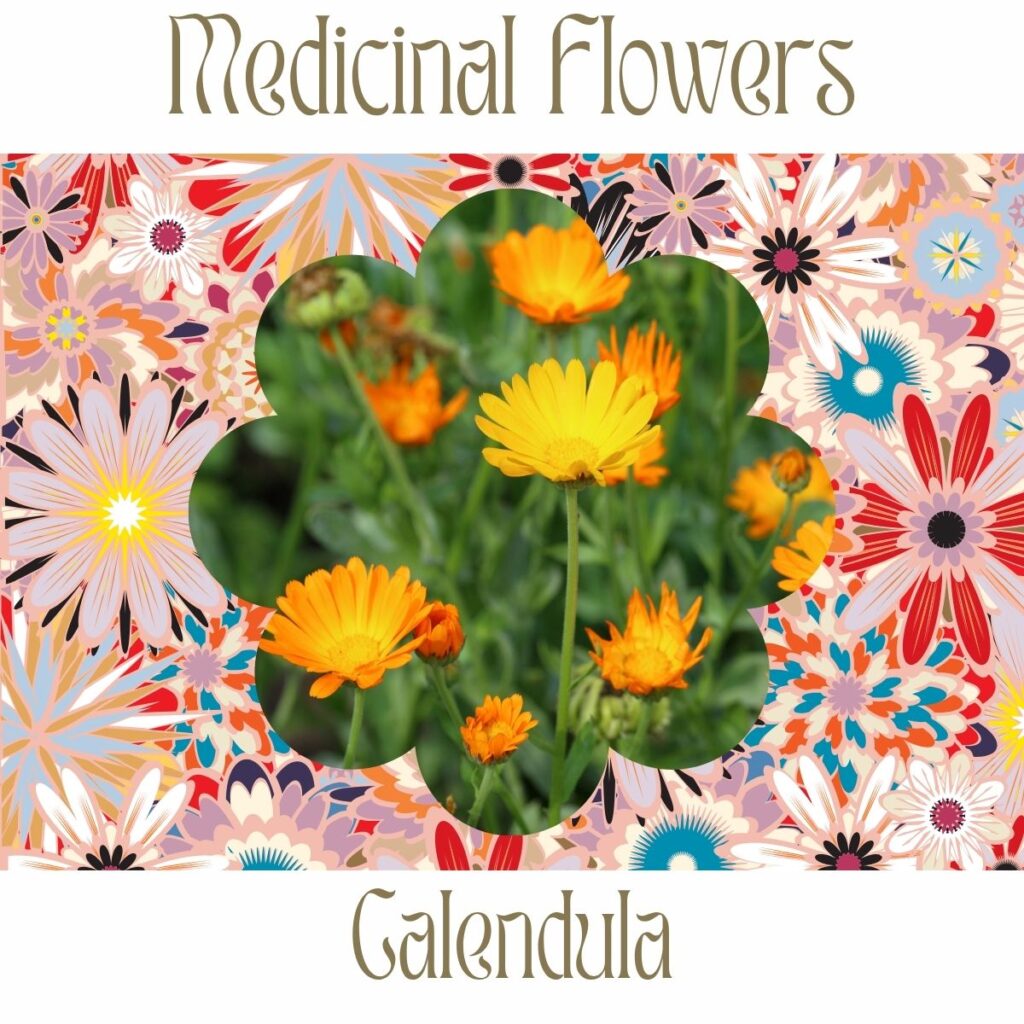Post Series: Medicinal Flowers
When we think of medicinal plants, it’s often the roots, leaves, or bark that come to mind—yet around the world, flowers have long been used for their healing properties. This series explores some of the most powerful and time-honored blooms used in traditional and modern herbal medicine… as diverse as they are beautiful.
Calendula, with its vibrant orange and yellow daisy-like blooms, is a beloved medicinal flower found in gardens and herbal traditions around the world. Known for its gentle yet powerful skin-healing properties, calendula is often used in salves, teas, and tinctures to soothe wounds, rashes, and inflammation. Beyond its medicinal value, it’s also used as a natural dye and edible garnish, making it both beautiful and versatile.
· Origin: Southern Europe, though widely cultivated globally.
· Traditional Use: Applied to wounds, rashes, and infections; used in teas and salves.
Contains triterpenoids and flavonoids with anti-inflammatory and wound-healing properties.
· Sample Reference: A review on phytochemistry and ethnopharmacological aspects of genus Calendula. Arora D, Rani A, Sharma A. Pharmacogn Rev. 2013 Jul;7(14):179-87.
*This content is for informational and educational purposes only. It is not intended to provide medical advice or to take the place of such advice or treatment from a personal physician.

